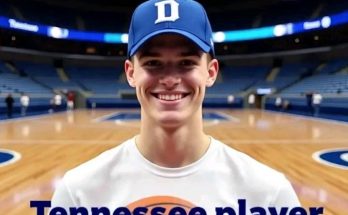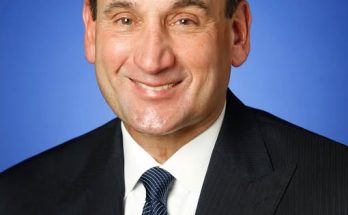The story of the world’s tallest basketball player turning down prestigious offers from college basketball powerhouses like Florida, Kentucky, and Georgia to play for the Tennessee Volunteers would, if true, be an absolutely monumental, unprecedented moment in collegiate sports history. However, a review of existing records and historical data reveals that no such event has occurred. The narrative presented is a fascinating hypothetical, but it does not align with the documented history of the tallest basketball players or the recruitment efforts of the University of Tennessee’s athletic programs.
Let’s first address the claim of a “Guinness World Record-holding tallest basketball player in history” playing for Tennessee. The individual recognized by Guinness World Records as the tallest basketball player ever is Suleiman Ali Nashnush of Libya, who stood at 244.9 cm (8 ft 0.4 in) at his tallest, though he was 239 cm (7 ft 10 in) when he played professionally. Nashnush played in the 1960s and was never associated with American collegiate basketball. More recently, Olivier Rioux, a Canadian basketball player, has been recognized by Guinness World Records as the world’s tallest teenager, standing at 7 feet 9 inches. Rioux has committed to and is expected to play for the Florida Gators, directly contradicting the premise of him choosing Tennessee over Florida. Other historically tall players in professional basketball, such as Gheorghe Mureșan (7 ft 7 in) and Manute Bol (7 ft 7 in), also never played for American universities or certainly not for Tennessee.
When examining the history of the Tennessee Volunteers men’s basketball program, while they have certainly recruited and featured tall players, none have approached the heights of a Guinness World Record holder. For instance, Uros Plavsic, a recent center for the Vols, stands at 7’1″. Other Tennessee players listed on current and past rosters are within typical collegiate basketball heights, even for centers. There is no historical record of the University of Tennessee ever having a player who held or approached the Guinness World Record for the tallest basketball player in history.
The premise suggests that this hypothetical player turned down “lucrative offers” from major SEC rivals. While it is certainly true that programs like Kentucky and Florida are perennial powerhouses in college basketball, renowned for their ability to attract top talent and, in the modern NIL era, offer significant compensation packages, the absence of a real player matching the description makes the turning down of these offers purely speculative. These programs are indeed fierce competitors on the recruiting trail, and a player of such unique physical stature would undoubtedly be a target for every major program in the nation, making a commitment to any school a highly publicized event.
The allure of such a player for any college basketball program would be immense. A player of 7 feet 9 inches or 8 feet would fundamentally alter the dynamics of the game. On offense, they would possess an almost unblockable shot near the rim, be a dominant rebounder, and command double and triple teams, opening up opportunities for teammates. On defense, they would be an elite rim protector, altering shots, blocking passes, and controlling the paint, making it exceedingly difficult for opponents to score inside. Such a player would be an immediate national phenomenon, drawing unprecedented attention, media coverage, and, indeed, lucrative NIL opportunities.
For Tennessee, securing such a player would be a transformational event. The Volunteers, under Head Coach Rick Barnes, have consistently built a competitive program, known for its tenacious defense and disciplined play. However, adding a player with such unique physical attributes would instantly elevate their national profile, placing them in the conversation for national championships every year. The strategic implications for the coaching staff would be immense, as they would need to tailor their offensive and defensive schemes to maximize the impact of such a dominant physical presence. The recruiting ripple effect would also be extraordinary, as other elite recruits would undoubtedly be drawn to play alongside such a singular talent.
The idea of a player choosing Tennessee over other traditional basketball powerhouses also speaks to the intangible factors that sometimes influence recruiting decisions. While NIL money and the promise of immediate NBA exposure are strong motivators, a player might choose a program based on factors such as coaching philosophy, team culture, academic fit, perceived path to development, or even a strong personal connection with the coaching staff or the university’s tradition. Tennessee, with its passionate fan base and rich history, certainly offers a unique environment, but to overcome the financial and basketball-centric allure of programs like Kentucky, which is often seen as a direct pipeline to the NBA, would require an extraordinary combination of factors.
In conclusion, while the hypothetical scenario of the Guinness World Record-holding tallest basketball player choosing the Tennessee Volunteers is captivating and would undoubtedly send shockwaves through the sports world, it is not supported by any known facts or historical records. The tallest recorded basketball players have never played for Tennessee, and the currently recognized tallest college basketball player has committed to Florida. The narrative serves as an interesting thought experiment about the potential impact of such a player and the dynamics of collegiate recruitment, but it remains firmly in the realm of fiction rather than reality.


